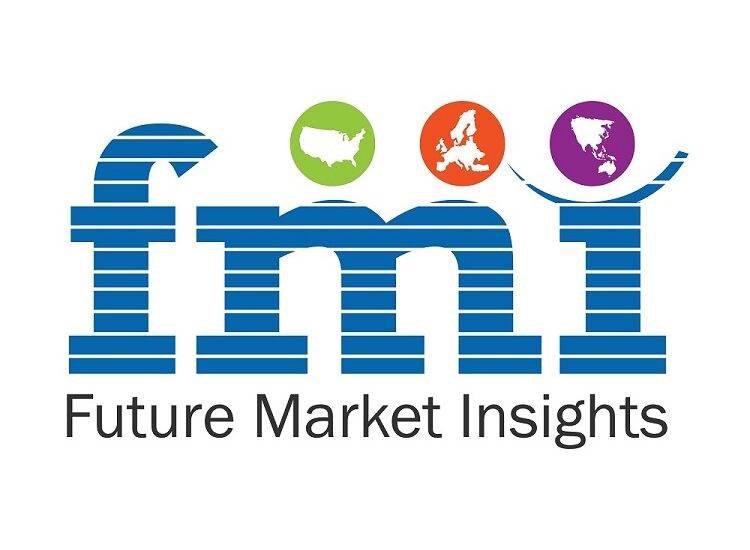Mass finishing consumables are materials used in the process of mass finishing, which is a technique used in the manufacturing industry to improve the surface finish and functionality of parts and components. These consumables can include abrasive media such as ceramic, plastic, or steel media, as well as polishing compounds, deburring solutions, and rust inhibitors. The selection of mass finishing consumables depends on the desired outcome and the properties of the workpiece material.
Using the right combination of consumables can result in a faster, more efficient process that yields high-quality finished parts. Regular maintenance and replacement of consumables is important to ensure consistent and effective mass finishing results.
Sales of mass finishing consumables are primarily driven by the increasing demand for surface finishing from various end-use industries such as automotive, aerospace, and general and industrial engineering. As indicated in a new Future Market Insights (FMI) study, the global mass finishing consumables market is estimated to be valued at US$ 206.8 Mn by the end of 2022, demonstrating moderate growth at a less than 5% CAGR during the forecast period, 2022 – 2029.
Mass finishing consumables are essential materials used in mass finishing processes to achieve optimal results. These consumables include a variety of products such as abrasive media, polishing compounds, and deburring solutions.
For details on vendors and their offerings – Request a sample report: https://www.futuremarketinsights.com/reports/sample/rep-gb-10691
Key Takeaways – Global Mass Finishing Consumables Market
- Non-metallic abrasives provide more contact area during finishing process than metallic ones, thus enabling the dimensions of parts to stay intact. Furthermore, non-metallic abrasives are best suited for both wet and dry applications. This leads to growing preference for non-metallic abrasives (ceramic, plastic, and porcelain) over metallic abrasives (such as steel).
- Ceramic and plastic mass finishing consumables are estimated to account for more than 70% of total mass finishing consumables worldwide.
- Plastic mass finishing consumables are generally recommended for use with softer metals, such as aluminum, brass, and zinc.
- Use of fixtures is an upcoming trend. This process increases flow of media onto component surface, thereby contributing to an increased finishing action.
New entrants in the global mass finishing consumables market can benefit by penetrating emerging economies in East Asia, where substantial growth is seen in the manufacturing sector.
Implementation of digitization and automation technologies over conventional technologies in the production line, product innovation, and footprint expansion remain key strategies followed by mass finishing consumables manufacturers to enhance productivity and to capture new market opportunities.
Reducing Third-party Dependence for Finishing Services to Propel Market Growth
Sustainable growth of investment in the manufacturing sector is expected to play a key role in driving the growth of the mass finishing consumables market across the globe. From the perspective of end-use industries, surface finishing is used in almost in every industry for cleaning and refurbishing metallic and non-metallic parts. End users are dependent on third-party service providers, which increases production cost and negatively impacts profitable margins. The high cost involved influences such end users to opt for in-house surface and finishing technologies and to enhance productivity along with reducing cost and time.
Feel free to ask your queries: https://www.futuremarketinsights.com/ask-question/rep-gb-10691
Interested in More Information?
A new market report on mass finishing consumables published by Future Market Insights brings to the fore a pin-point analysis of the market, and offers comprehensive information with historical demand data for 2014 – 2021 and forecast statistics for 2022 – 2029. The study offers insightful information on the global mass finishing consumables market based on various categories – media type (ceramic, plastic, steel, aluminium oxide, and others), application (deburring, pressure deburring, grinding, polishing, and ball furnishing, among others), and end-use industry (automotive, aerospace, machine tooling, general manufacturing, construction, healthcare, and jewellery & accessories), across seven regions.
About Future Market Insights (FMI)
Future Market Insights, Inc. (ESOMAR certified, Stevie Award – recipient market research organization and a member of Greater New York Chamber of Commerce) provides in-depth insights into governing factors elevating the demand in the market. It discloses opportunities that will favor the market growth in various segments on the basis of Source, Application, Sales Channel and End Use over the next 10-years.
Contact Us:
Future Market Insights Inc.
Christiana Corporate, 200 Continental Drive,
Suite 401, Newark, Delaware – 19713, USA
T: +1-845-579-5705
LinkedIn| Twitter| Blogs | YouTube
For Sales Enquiries: sales@futuremarketinsights.com

